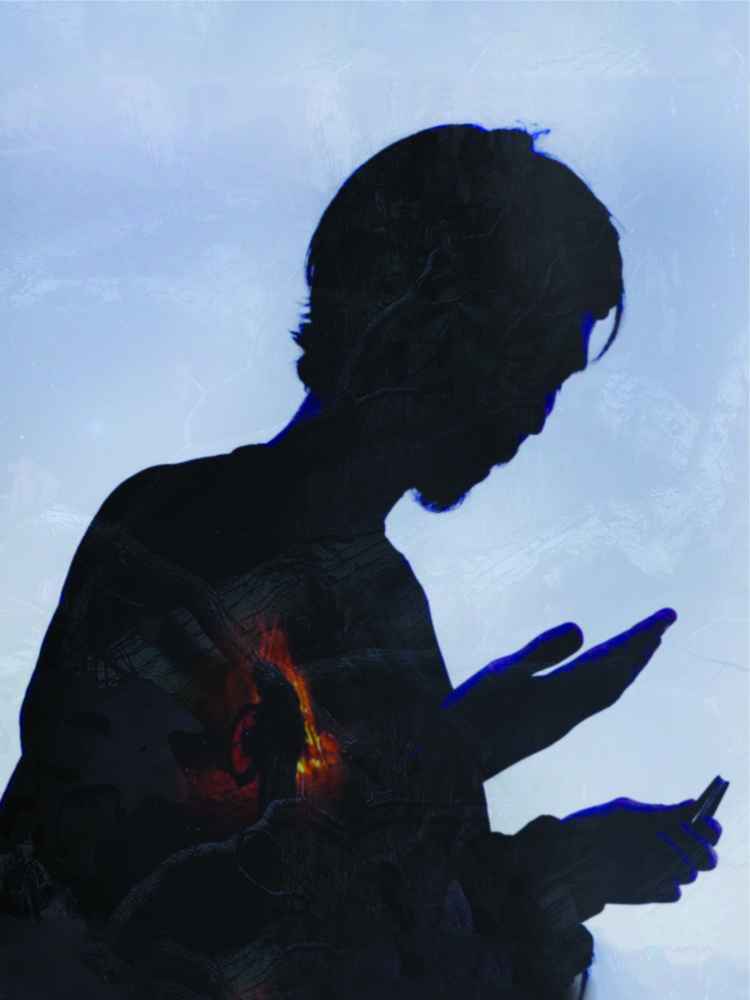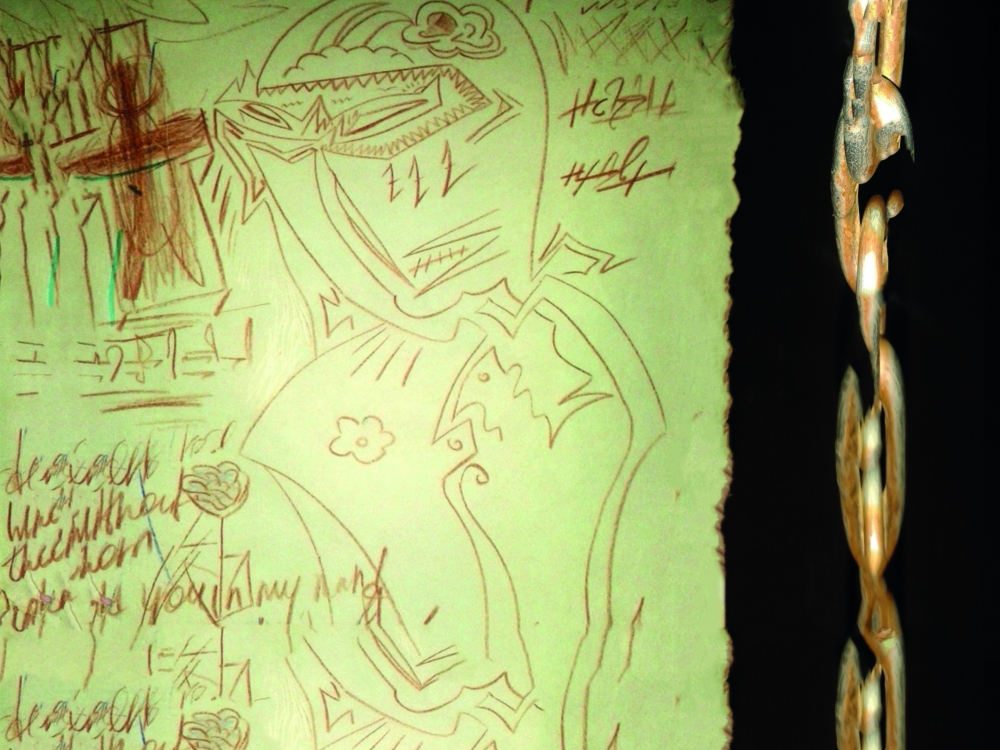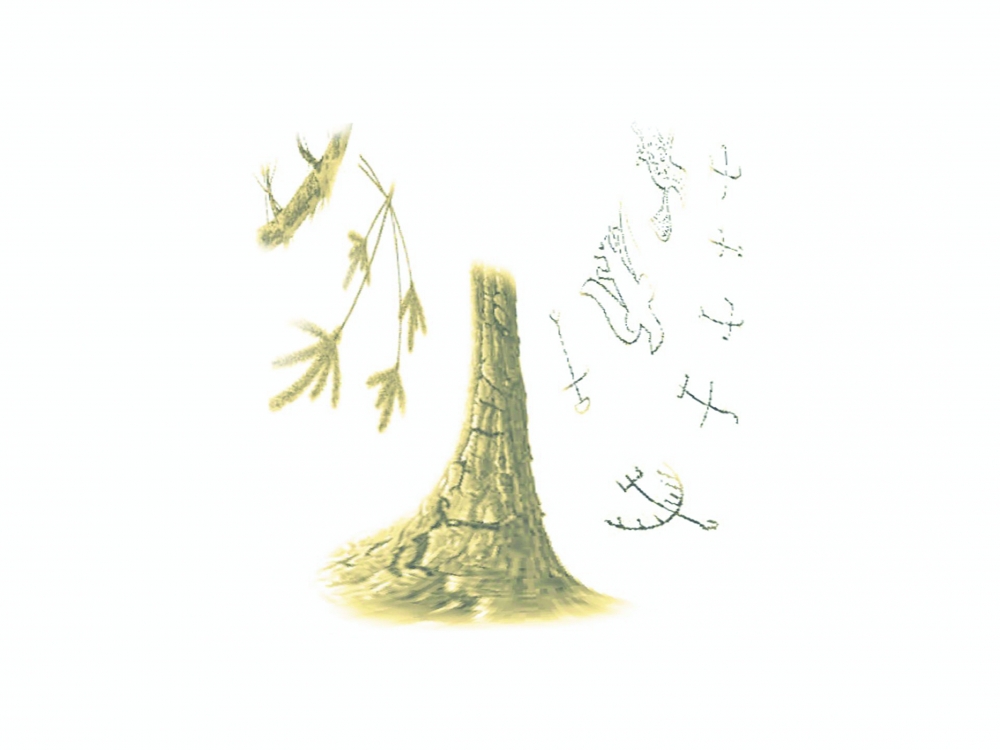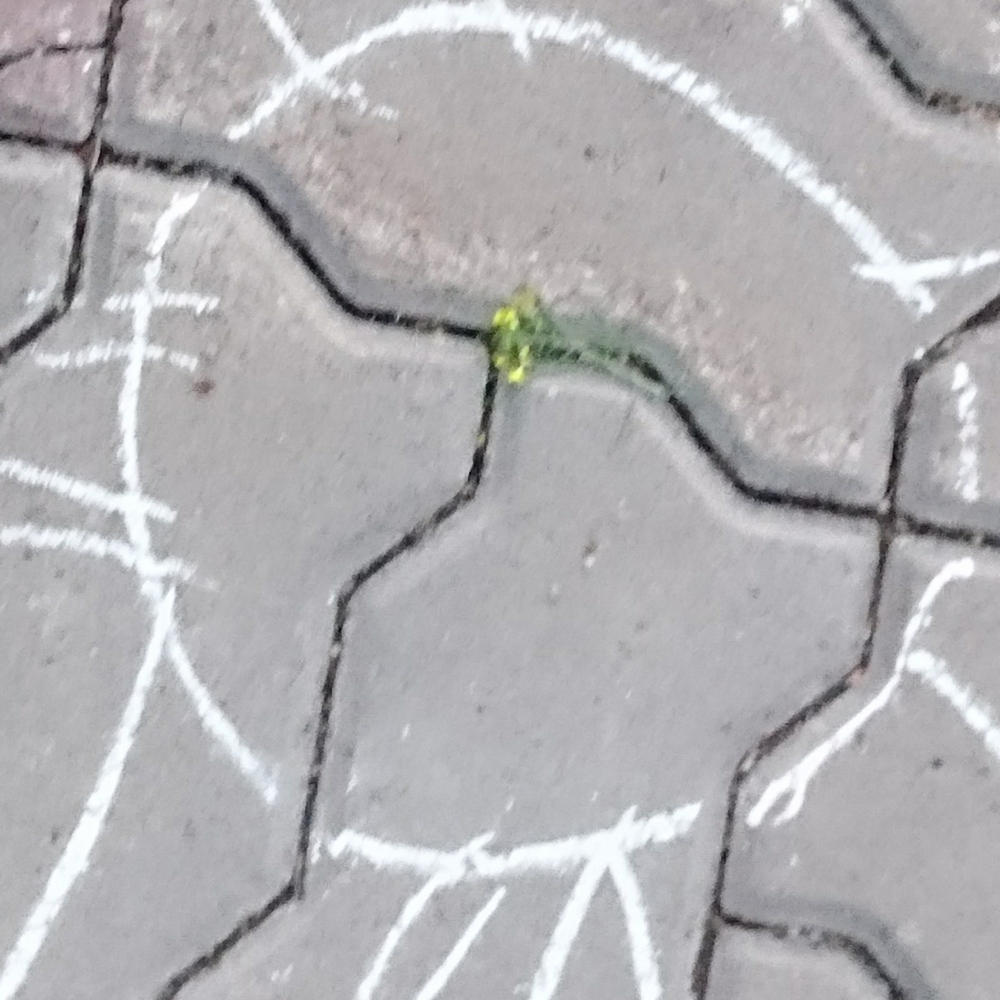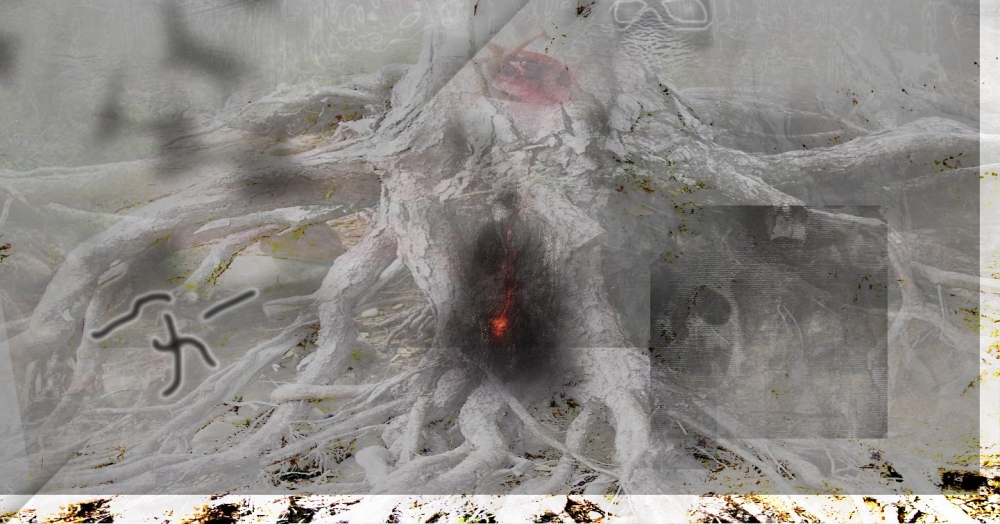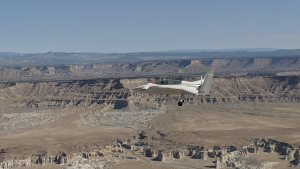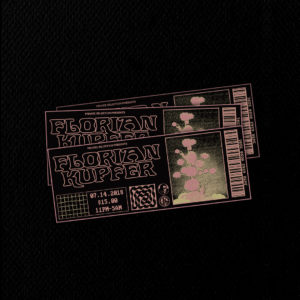“He has an extremely peculiar personal artistic philosophy,” writes Alexander Burenkov in an email, curator of Sasha Manik‘s New Soul exhibition, running at Moscow’s ISSMAG gallery from January 11 to February 4. “It’s a method for producing new emotions, which often border on religious and mystical experiences.” Also know as producer Holographic Internet, Manik’s show comes preceded by a recent EP release, Root Angel, on Vienna’s AMEN Records and a video for one of its tracks ‘Aerial (New Soul),’ premiered here online on aqnb.

The video played first during the exhibition, its ghostly flashes of a log cabin, only visible in fragments through fir tree branches and snowflakes lit up by the harsh beam of a spotlight. It’s part of Manik’s ongoing video practice, following what Burenkov calls his philosophical concept of ‘natural glow.’ That luminosity is one that’s felt in the music that accompanies ‘Aerial,’ along with the rest of his musical catalogue — ambient electronic swells punctuated by explosive, distorted kick beats and an angelic, cooing vocal.
“The main focus of Sasha’s collage-thinking is to produce a peculiar temporal mixture of native traditional (paganism and shamanism) and Orthodox Christian culture on the basis of technological innovation,” says Burenkov, whose relationship with Manik’s work goes well beyond his sound work, into digital prints, photography, collages, videos and painting, not yet shared on his Tumblr or Russian social network Vkontakt. “Manik managed to create an aesthetic universe unique for the Russian art landscape.”
Inspired by and applicable to the kind of music made by ‘post-globalist’ influences and collaborators like Elysia Crampton, ssaliva , Chino Amobi and Swan Meat, ‘Aerial’ video could be heard playing upstairs from the ground floor of ISSMAG during Manik’s New Soul exhibition. The installation of the artist’s belongings — posters, a knife, a shrine to the Mother Mary — acts as a kind of ‘physicalisation’ of the ‘epic-collage’ micro-genre, he and his internationally-networked peers are known for. “Collage-thinking is one of the key creative techniques for Manik,” adds Burenkov.
Read on for a three-way online conversation with Burenkov, ISSMAG founder Disha Yuldash and Manik himself about his work and approach, and how to survive in the art world in Russia.
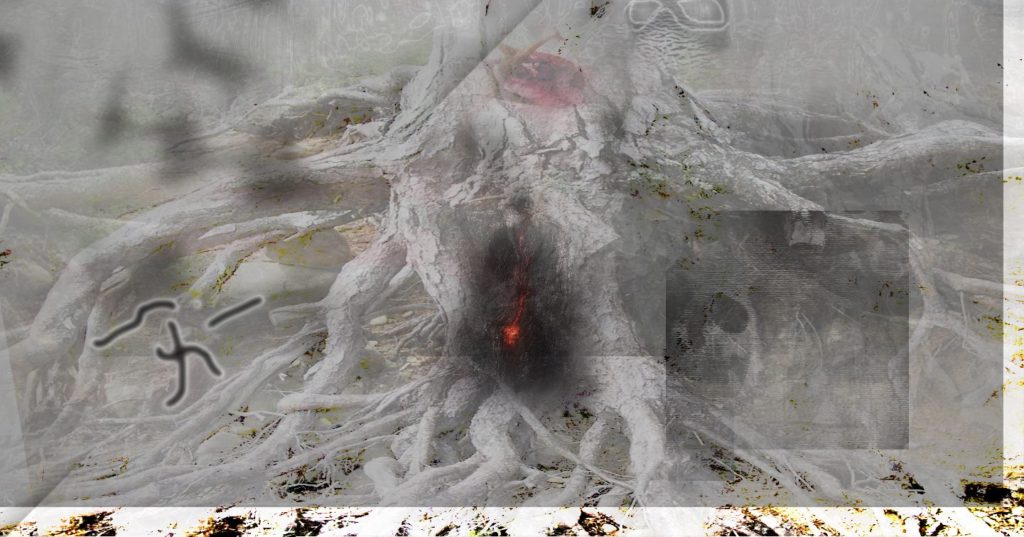
**As a producer, in the press release it mentions your musical affinity with the likes of Elysia Crampton, ssaliva , 5starb01, Swan Meat, and others. Have you worked or communicated with any of these artists and what is it about their work that you relate and compare to?
Sasha Manik: I want to note that Elysia Crampton‘s attitude feels close to me. I like how she presents the music of life (I call it ‘music of the Source’) in a new form. I think we are all united by the common aspiration to represent life, not as something static , petrified, but as a continuous flow with the help of language, sound. images. There’s this search for new directions that would lead to a sensual experience; moving towards sincerity, looking for new forms and images.
**Can you tell me a little about the video? What made you choose the location and what was the process of filming and then editing?
AB: We shot this video in an abandoned Soviet pioneer camp in the woods of the Moscow region, near Polushkino village, which looked like a wooden pagan amphitheater, or a temple for Slavonic rituals with enigmatic towers and ziggurats, which was a perfect choice for the mood of the music track. We chose to shoot in the evening, because Sasha’s idea was to highlight the branches of fir trees and walls of wooden houses with lanterns, in the same style as his other videos, developing one of his philosophical ideas of ‘natural glow.’

**As Russian a artist working with and being inspired by producers around the world, like Elysia Crampton, 5starb01, M.E.S.H. and Why Be, what is it that you think brings you together?
SM: While collaborating, each one brings a part of his or her culture into the whole mosaic, forming a new soundscape. This is like a fusion of different genes, continents, types. This is the way we share our understanding, perception of life and assemble sensual collages using these things.
** What made you choose to exhibit with ISSMAG?
Alexander Burenkov: The artists of ISSMAG are unique: being grown up during the Internet era they have a different view on the creative process, presentation and spreading their images. As a result of both the local context and worldwide tendencies of they are absolute cosmopolitan, which is another special edge of their creative identity. The artistic language of Sasha perfectly combines analysis of aesthetic, social and political events of the Russian reality and global artistic and tendencies, which are organically synthesized together in his works.
Disha Yuldash: ISSMAG is a free space that is not biased, thus it has an opportunity to experiment with any forms of contemporary media. The Russian scene is complex and sophisticated and sometimes communicating with the outside world is not of any importance for it, though it should do that too. Sasha’s exhibition is an example of a certain attitude. A lot of outsider-artists are really self-sufficient in their own (online) territory and are not ready to work with institutions (not knowing or caring much) but if a gallery proposes a collaboration, then they may easily agree because it can be a kind of experiment, a gateway into material art discourse on the territory of the institution. We are always looking for new forms and representations, researching the local context and means to communicate with people.

**From what Disha has already told me, it sounds like finding and making space to create art is difficult, has it gotten harder? How is the community coping?
AB: Now Russia has a very complicated moment for the art industry, the gallery business, and especially small independent artist-run or non-profit initiatives. Even large commercial galleries representing earlier Russian artists on such fairs as Art Basel or Frieze, are no longer able to pay for their participation and some of them even hardly manage to rent their spaces in Moscow, so very often they change their status and reformat into funds or platforms (like XL gallery). Making independent platforms in Moscow, without patrons or support from foundations, is literally impossible.
Rent in Moscow is extremely high, so even if artists or curators are thrown off together for the rental, the project turns out to be short-lived, which has been the experience of many self organized initiatives here. Most of these projects find spaces on the old plants and factories on the edge of the city, the case of Issmag gallery is absolutely unique, it’s new space — a two-storey garage — is located in the city center, next to the Moscow Hermitage Garden, that’s why I wanted to support the gallery making this exhibition project. The aim of the gallery is to support innovative practices and emerging art, but it’s very hard to find a collectors interested in such art in Russia, so the whole project for many people looks like an incredible adventure.
DY: It’s difficult to talk about the overall situation in the country, or the relationship between the government and society. It might not be there at all — a kaleidoscope of actions comes together and lead to a certain result here. It doesn’t matter if it’s good or bad, it’s just a result. Heavy conditions are a reminder for us to care for each other and our friends. This brings us to a kind of a cognitive-conceptual therapy.

Imagining future scenarios becomes a defence mechanism against the anxiety that the future’s uncertainty evokes. Existence of any such scenario makes the future more graspable and certain. The will to life plays an important role here. Society needs to see this life, to imagine what it might be like in order to take action.
It’s difficult, or near-impossible to maintain the will to life if a blank space comes to mind when thinking about the future. It’s important to keep in mind the great potential of Russian people that is beautiful and pure as an infant tear.**
